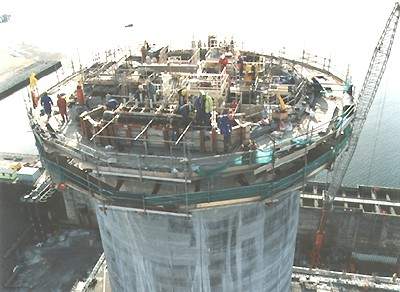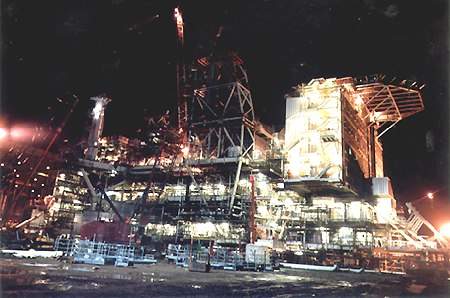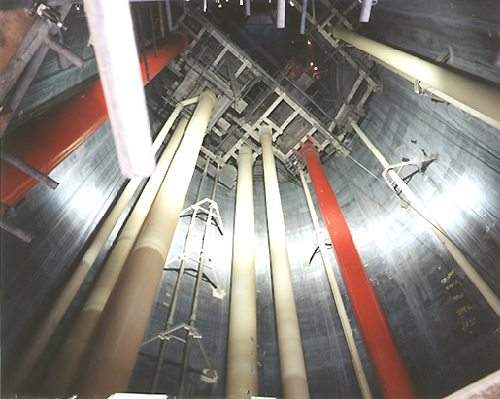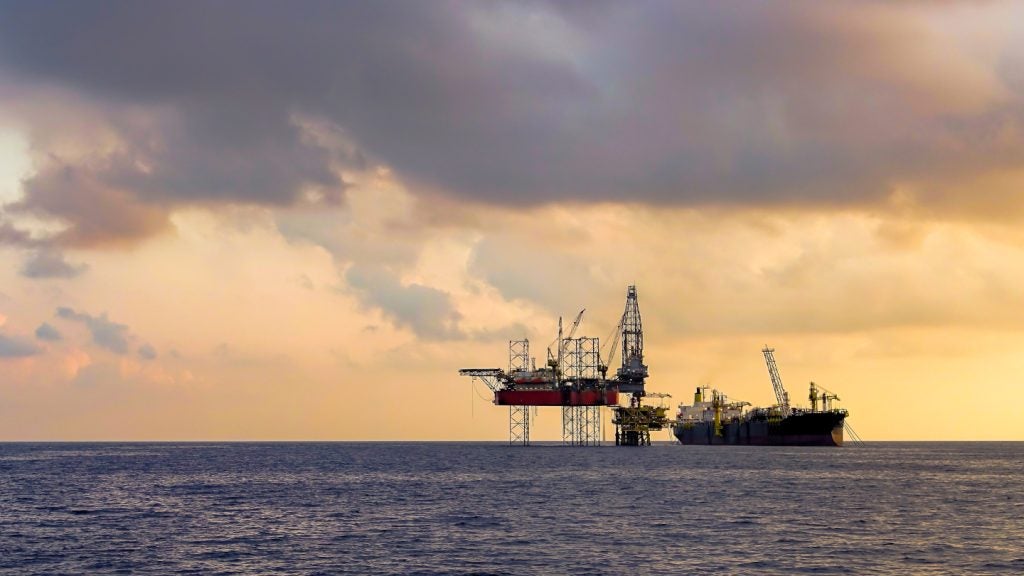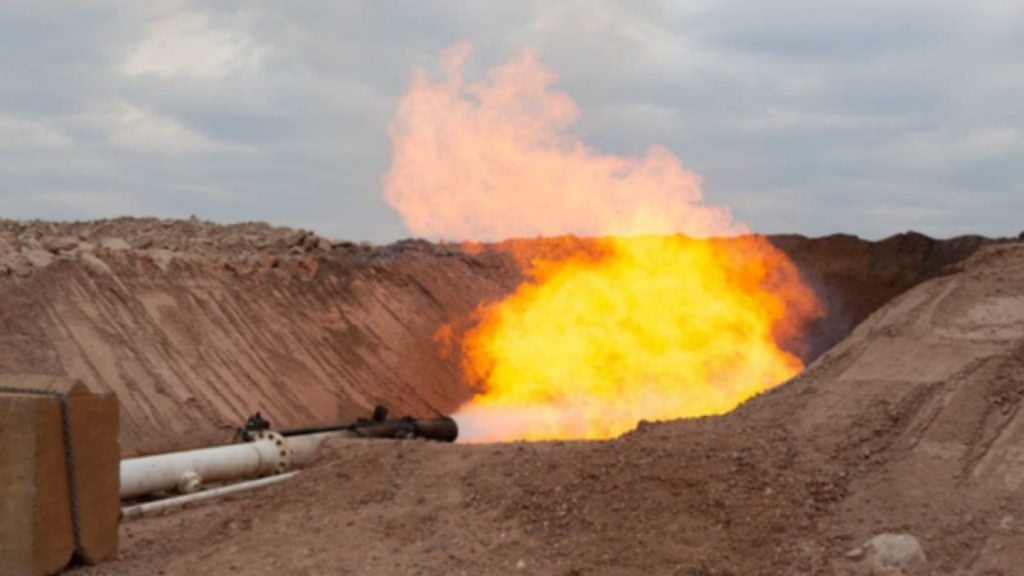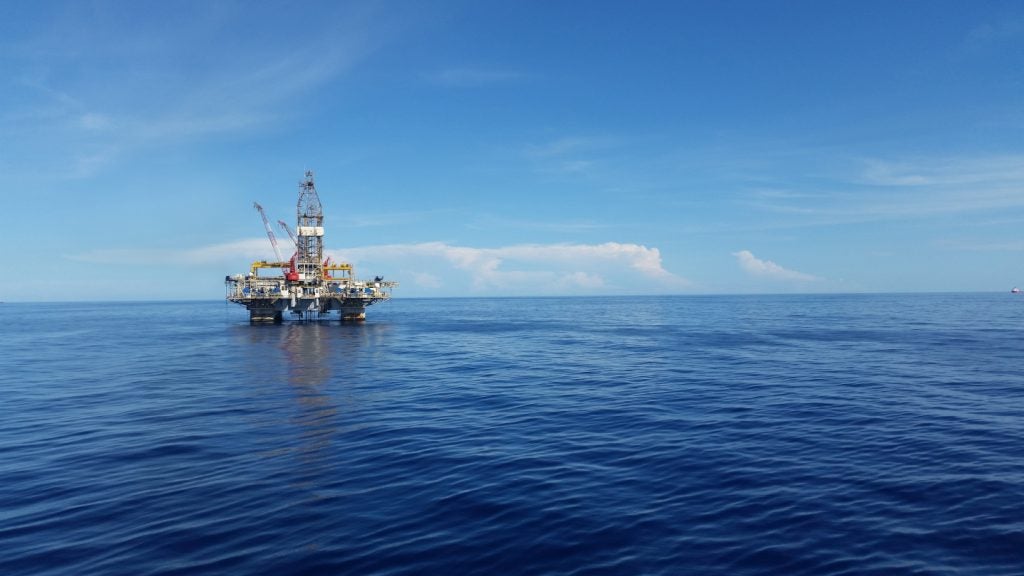South Arne is located in the Danish sector of the North Sea, in block DK 5604/29. Amerada Hess became the operator of the 7/89 licence, containing the South Arne field, in late-1994. The RIGS-1 well was spudded in December 1994. The results of this work programme led the licence partners to declare the South Arne field commercial in April 1996. The water depth is 60m.
An appraisal well called RIGS-2 was spudded on 11 May 1996 and subsequently sidetracked as RIGS-2A and RIGS-2B, following encouraging results.
Production drilling
The field-development schedule was organised to ensure that a sufficient number of wells were drilled, prior to facilities installation, to allow the platform to operate at a full capacity from the first day.
Production drilling operations were carried out using the jack-up rig Noble Kolskaya, following its reconversion from an accommodation vessel to a drilling rig, in Rotterdam. A total of seven horizontal wells have been used to bring the South Arne field on-stream.
Construction
Amerada Hess awarded the platform construction contract to Brown and Root. This was carried out under an engineering, procurement, installation and commissioning (EPIC) scheme. The contract value is approximately 1.8 billion Danish Kroner.
The unique South Arne platform sits on a concrete tank which is used to store oil. The concrete gravity oil storage base concept was selected due to the insufficient capacity of the Danish oil line to Fredericia.
A floating storage system was largely ruled out by the relatively shallow water depth of 60m and the problems this would present with the risers and anchoring systems. A static platform design is also preferable on a chalk reservoir such as South Arne, as it facilitates the higher frequency of well workovers.
The oil storage tank measures 110m x 90m and is 18m-high. It can store up to 550,000 bbls in its 100 individual cells.
The platform is unusual in that the topsides are supported on the GBS by one concrete tower and a steel lattice drilling tower/conductor frame. The design was specified to save on costs and shorten the fabrication schedule.
The concrete leg is 18m in diameter and stands 60m-high. Altogether, the tank and legs weigh 100,000t. The structure was built in Nigg, Inverness.
Process platform topsides
The design specified a topsides which would be capable of processing 50,000 barrels of oil and two million cubic metres of gas per day. The process platform topsides were built at Ardersier, on the Moray Firth, following design work performed in Brown & Root’s offices in Leatherhead, Surrey.
The South Arne topsides weigh 6,400t and contain the necessary equipment to process 70 million cubic feet of gas per day, as well as 100,000 barrels of water per day. The production facilities include a single three-stage separator train and a single four-stage compression system. Power is provided by two 24MW GT 10 turbines.
The flare is 80m long and the total structure, when measured from the seabed, is 177m high.
The platform has an air gap of 23m. The accommodation system can house a total of 57 men in single cabins. The module fabrication was carried out in Gothenburg, Sweden. It was then transhipped to Ardersier for its installation on the topsides.
Export system
The oil-export system consists of a 2km export line, which is attached to a single anchor leg mooring system. The line was laid by the pipelay vessel Castoro Sei. This took place after it completed laying the 285km, 24in-diameter gas line, running from the South Arne field to the gas plant facilities at Nyhro, in the western part of Jutland.



